Blog
How Could One Create Beautiful Floral Arrangements in Environmentally Conscious Ways? Pictures of floral arrangements highlighting color
Pictures of floral arrangements highlighting color
As consumers seek sustainable alternatives, eco-aware methods are changing the floral sector. More easily accessible than ever is designing bright floral arrangements with environmental friendliness in mind. This book looks at doable environmentally friendly techniques for creating flower designs that cut waste and advance sustainability.
- Select locally grown blooms.
Locally grown flowers guarantee fresher blossoms for your arrangements, support surrounding farmers, and help to cut transportation emissions. They also match seasonal availability, so reducing the demand for greenhouses requiring a lot of energy.
Eco-Tip: To have a wide range of seasonal flowers, work with nearby farms or marketplaces.
For your gathering, choose summer sunflowers or winter evergreens, for instance.

- Add preserved and dried flowers.
One environmentally responsible substitute for fresh bouquets are dried and preserved flowers. Ideal for weddings, home décor, and business occasions, these long-lasting choices cut the need for regular replacements.
For a rustic look, toss dried flowers like lavender and wheat with fresh greenery.
Pinterest notes a 115% rise in searches for dried floral arrangements is trending.
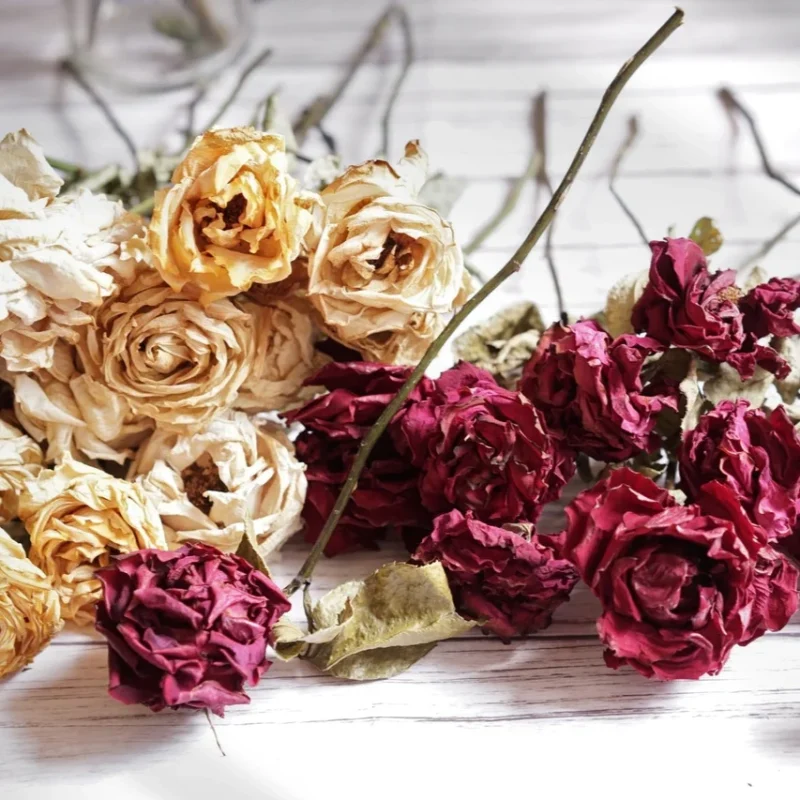
- Then change to biodegradable floral foam.
Conventional flower foam damages marine life and is not biodegradable. Perfect substitutes are environmentally friendly flower designs including compostable foam or reusable metal cages.
Eco-Tip: Build without compromising structure using chicken wire or moss foundation.
Florists who choose biodegradable materials have witnessed a 42% drop in foam waste.
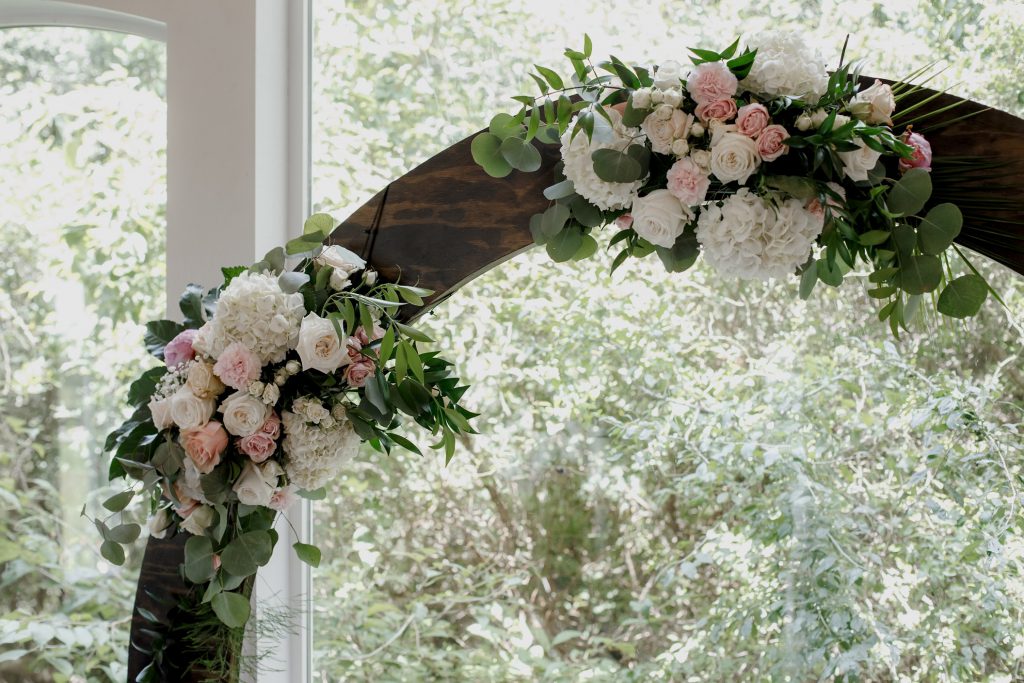
- Choose re-usable containers.
Choosing glass, metal, or ceramic vases, pots, or jars lets one reuse them in next designs. Recycled containers give your creations something special.
Eco-Tip: Provide customers a vase return program to encourage reuse.
For instance, double as lovely and environmentally beneficial vases are old tins, wine bottles, and Mason jars.

- Celebrate seasonal and sustainable blooms.
A more sustainable option are seasonal flowers since they need less resources to grow and move.
Research the seasonal bloom schedule of your neighborhood to create environmentally friendly décor.
For instance, tulips and daffodils might be used at spring weddings; dahlias and chrysanthemums highlight fall events.

- Enhance the vegetation.
While using less flowers, foliage and greenery improve floral arrangements and help to decrease the environmental impact. Moreover in line with modern and minimalist design trends is greenery.
For rich, lush designs, include ivy, ferns, and eucalyptus.
Trending: WeddingWire projects that in 2024 décor will mostly consist of flora.
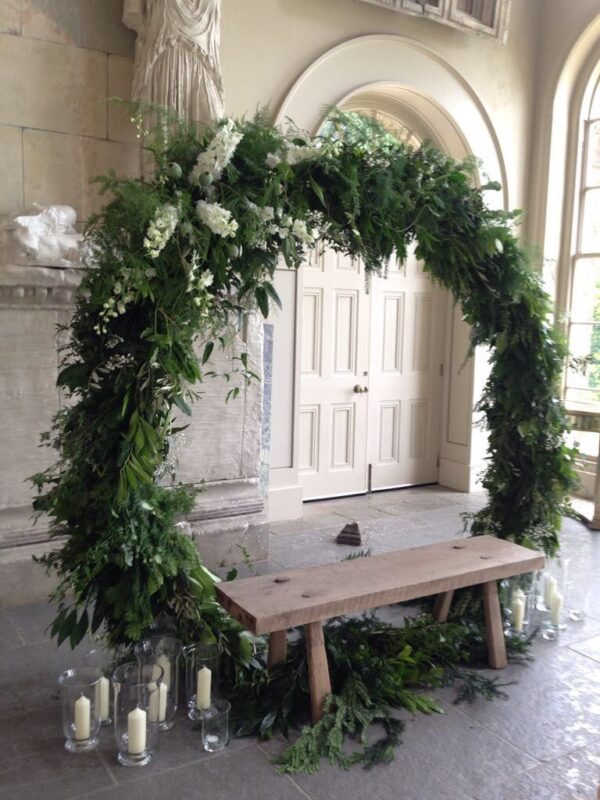
How to Decorate a Wedding Table on a Budget Using Flower Walls
- Steer clear of one-time use plastics.
Non-recyclable and wasteful are plastic wrappers and ribbons. Substitute biodegradable or reusable materials include cotton ribbons, burlap, or kraft paper.
For a sophisticated accent, wrap bouquets in natural fibers or fabric scraps.
For instance substitute hemp thread or twine for plastic ties.
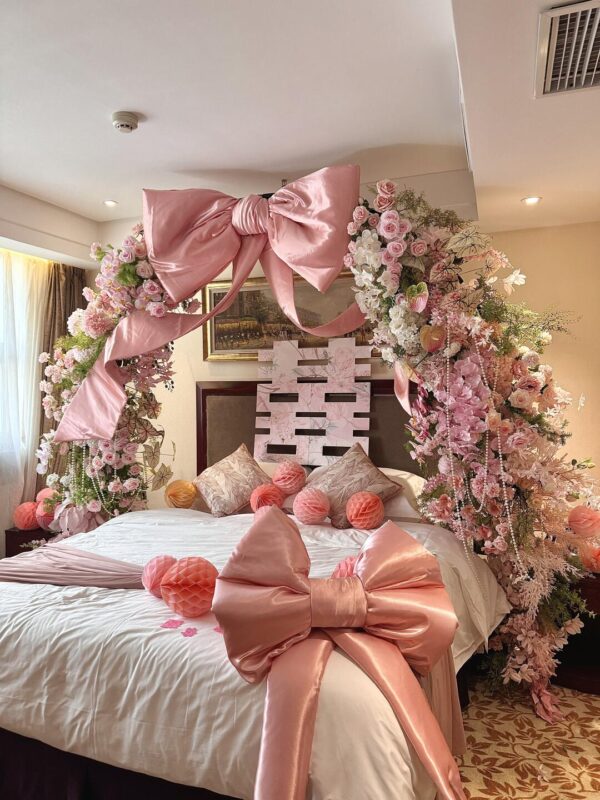
- Repurpose and Upcycle Goods
While cutting waste, using recycled materials like glass, tin can, or salvaged wood will improve your arrangements.
Eco-Tip: Use unusual floral containers from things like lanterns or teacups.
For a center display, for instance, start with an old wooden container.
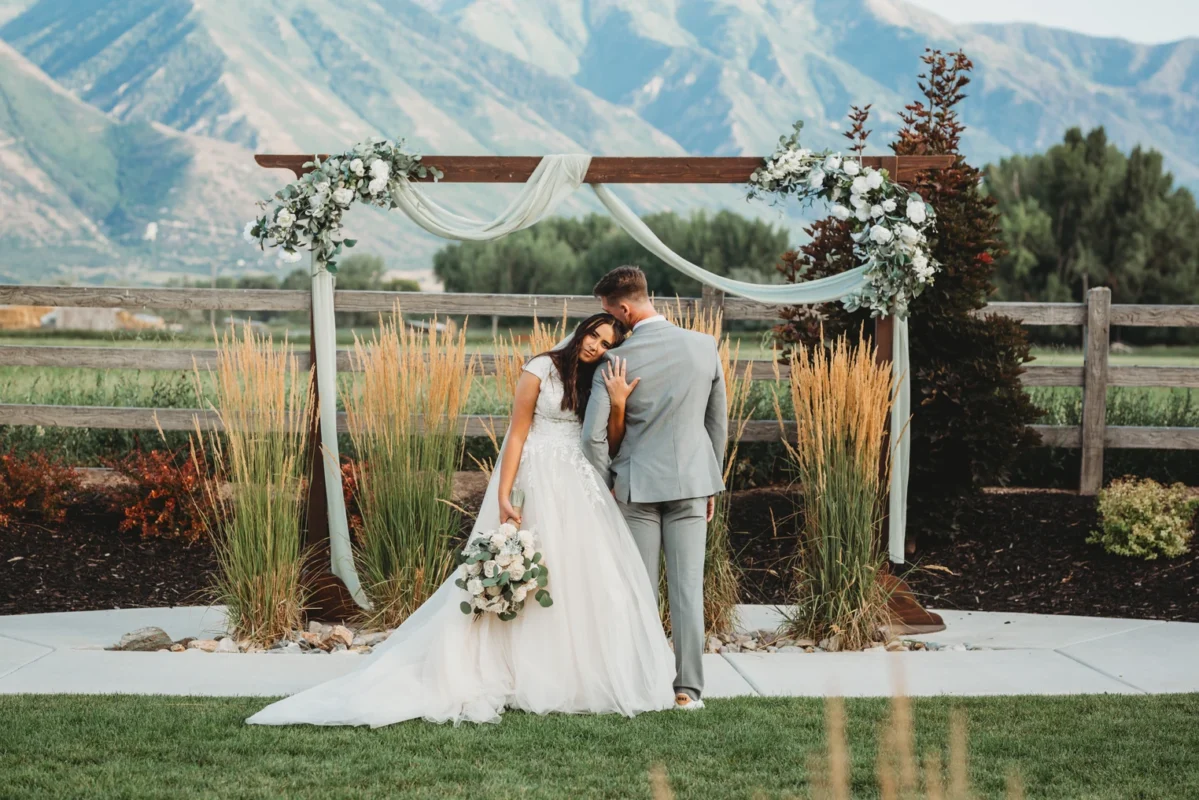
- Breakthrough Floral Waste Management
Composting floral wastes and wilting blossoms helps to produce nutrient-dense soil, therefore reducing landfill waste.
Set up a compost bin for petals and leftover stems.
For instance, market your company as “zero waste” by including methods of composting into your daily operations.

- Involve and inform consumers.
Consumers like sustainability and openness. Share your environmentally responsible habits via blogs, marketing materials, and social media.
Eco-Tip: Emphasize how often you employ sustainable techniques, biodegradable materials, and native flowers.
For instance, create Instagram stories highlighting behind-the-scenes composting or vase recycling projects.

Common questions: Environmental Friendly Flower Arrangements
Q1: In comparison to fresh flowers, how much waste can dried ones help to avoid?
Dried flowers survive far longer, hence lessening of total waste and less need for replacements.
Q2: Do environmentally friendly floral displays cost more?
Not always; typically, local sourcing and reuse materials help to lower long-term expenditures.
Q3: Are vibrantly colorful sustainable flowers still possible?
Correct! There are many vivid colors available from preserved flowers and seasonal blossoms.
Finally
Eco-friendly flower designs represent a step toward a sustainable future rather than only a fad. Companies may create amazing designs with little effect on the environment by using locally grown flowers, biodegradable materials, and recycled containers. Including these sustainable ideas can pleasure your customers and save the earth whether you are creating centerpieces for an event or bouquets for a wedding.
See Event Flower Wall for more environmentally friendly floral ideas and inspiration!
